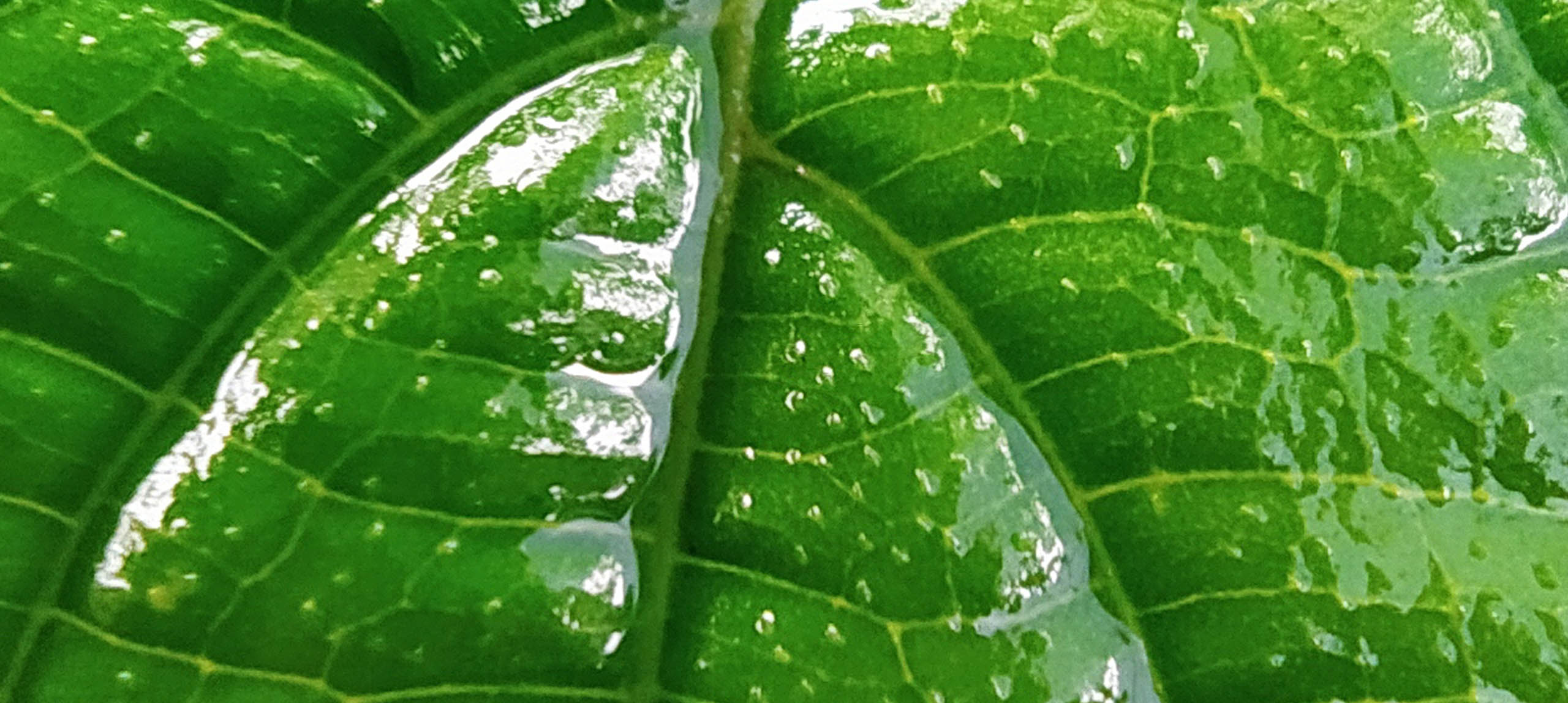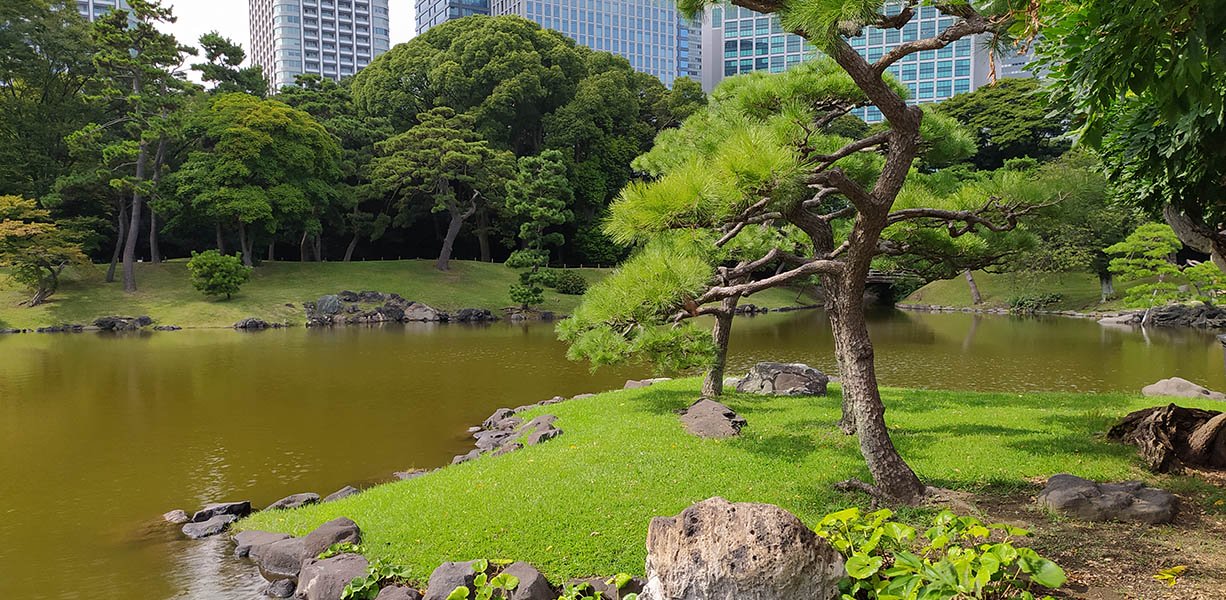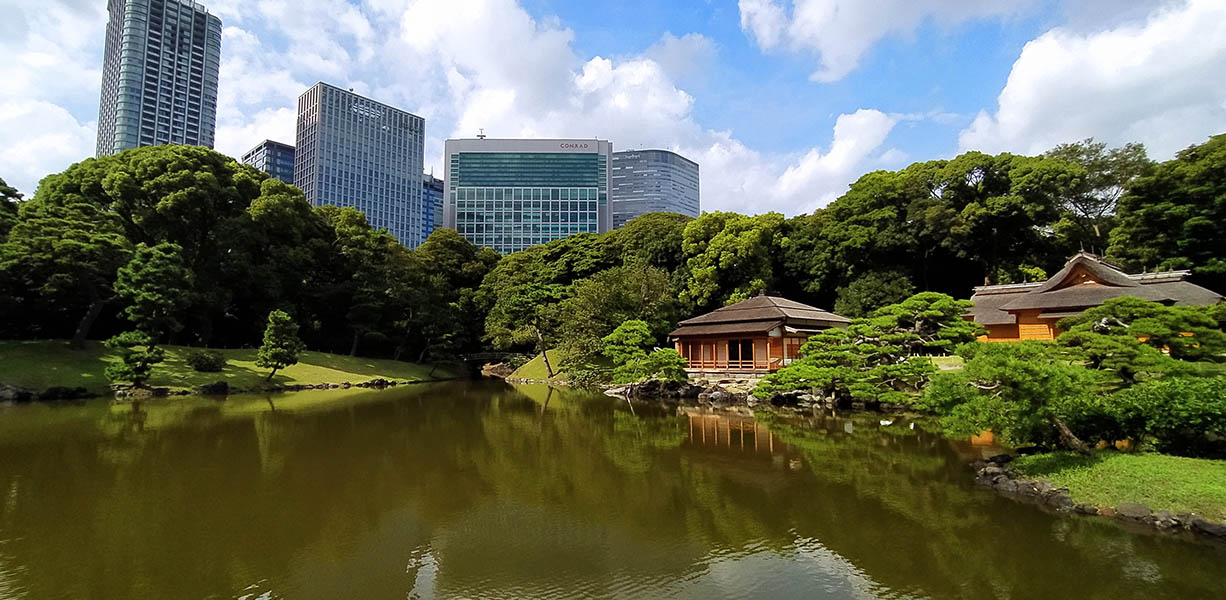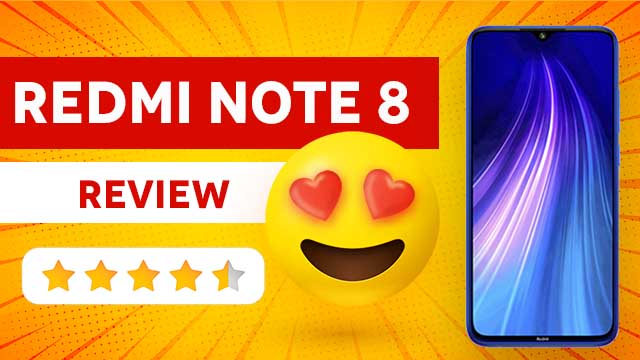| Key Specifications | Redmi Note 8 |
|---|---|
| Camera | Rear Camera: 48 MP Front Camera: 13 MP |
| Battery | 4000mAh high-capacity battery |
| Display | Display 16cm (6.3) Full High-Definition+ Display |
| Processor | Qualcomm® Snapdragon™ 665 |
| RAM + Storage | 4GB + 64GB/ 6GB + 128GB Expandable up to 512GB |
Its a never-ending journey to manufacture smartphones that incorporate the best-in-class hardware with a criminally low price point. Xiaomi has struck a new landmark with the Redmi Note 8. A little unnoticed behind the recognition of the well-received Redmi Note 8 Pro.
The Redmi Note 8 associates to be entitled to no smaller praise than its bigger sibling for what it recommends at a price point that relates to incredible. Keeping the design opinion of its leader, the Redmi Note 8 packs the punch of four cameras, upgraded silicone, more RAM, and space while somehow still governing to sustain the same price as its forerunner. In Europe, the appliance is known as the Redmi Note 8T, with the only variation being that the 8T supports NFC. So, how adequately does the package come together?
Design & Display
No products found.
The design isn’t the much delightful part of the Redmi Note 8: you’ll probably acknowledge the familiar boxy gaze from the Redmi Note 7 series. Aloof from a new camera configuration on the back and some minor maquillage updates, nothing much has deviated here. A 6.3-inch LCD immerses the front with Gorilla Glass 5 safety on top. Above the display, you’ll uncover the waterdrop notch cutout, which includes the front camera module. Meanwhile, a notification LED, the earpiece and the proximity/light sensor are veiled under the black shelf that ratifies along the notch area. A small piece of the bezel evacuated on the bottom, where Xiaomi has marked the Redmi branding.
Turning the appliance upside down, we look the flat back with its gradient contour, which is also secured by Gorilla Glass 5. The camera sensors are sheltered under the black stripe on the left, which enhances a significant disparity to the blue-tone of the backplate. The primary camera has a silver chime around its lens to differentiate itself from the remainder of the sensors. The fingerprint sensor is on the upper half while the lower half emphasizes the Redmi branding vertical to the camera setup.
The mid-frame is manufactured from plastic and carries the power button and volume keys on its right side, and 2+1 SIM trey on the left. It doesn’t seamlessly combine with the glass panel and evacuates the pointy rims exposed to the touch that makes the device slightly anxious to hold. It is just a crucial issue since most people will be utilizing the equipment with a case anyway, but it was still relatively the design oversight for a phone in 2019. Also, the camera collision on the back protrudes way too much, so employing the device on a smooth surface without a case is a big problem. Apart from this little complication, the Redmi Note 8 is a well-built device and looks pretentious with glowing gradient hues.
Reaching to the display performance, the 6.3-inch IPS LCD delivers vibrant colors and terrific viewing aspects. The display is valued for 500 brightness on the ultimate setting and offers decent readability when employing the device outside under bright sunshine. The minimum brightness level is comfortably low for respite reading. The display is authorized by TÜV Rheinland for decreased blue-light emission when utilizing the Reading mode and further undervalues eye strain at night. As always, you can moreover, modify the color temperature and contrast using MIUI’s standard display settings. Similar to mainly LCD panels in the allowance and lower mid-range portion, the display doesn’t support HDR content or a broader color gamut.
There’s happiness to argue about the display performance. Overall, it’s a moderately standard LCD package you would anticipate from a device in this price range.
Redmi Note 8 (8T) Camera Quality
The first Redmi Note 7 was dispatched with a 12MP + 2MP camera setup. However, to give rise to the basic model of the series inequality with the Pro variant. They introduced the Redmi Note 7S, which gave rise to a 48MP Samsung GW1 sensor and a 5MP depth sensor while maintaining everything else.
On the Redmi Note 8, the company has equipped not two but four camera sensors on the back, giving rise to it one of the only few appliances in this particular price range to propose a quad camera setup. The primary 48MP camera is unaffected from the Redmi Note 7S, and it’s supported by three more sensors comprising an 8MP ultra-wide sensor, 2MP depth sensor, and a 2MP macro lens for close-up shots.
Photo Quality

Redmi Note 8 Photo Quality 2MP Camera (source: MI India)

Redmi Note 8 Photo Quality 48MP Camera (Source: MI India)

Redmi Note 8 Photo Quality 8MP Ultra-wide Samples (Source: MI India)
Beginning with the sunlight evaluation, pictures taken with the Redmi Note 8’s primary camera show raw color reproduction, rich features, and good contrast. The Quad-Bayer sensor does a tremendous job capturing the right proportion of the dynamic range. It is particularly apparent when shooting in high-contrast scenes. White balance manages to be relatively accurate in most lighting circumstances. However, the susceptibility metering can periodically be a little off the point when shooting nature and would hackney the bright elements more than we would appreciate. The PDAF autofocus policy is quick to shut focus on contents in good lighting; however, in lousy light, it’s familiar to get out of focus shots if you don’t establish the center manually by swabbing on the viewfinder.
The low-light execution is terrific, and among the best, we have glimpsed in this segment. Portrayals maintain the right amount of details with an insufficient quantity of brilliance noise. In darker settings, nevertheless, pictures tend to come out grainy with a high chromatic noise as ISO shoots up to 9300 to stink in more light without declining the shutter speed.
Xiaomi has comprised a reliable Night mode that insists on providing better photos in severe low-light. In our testing, yet, the Night mode felt underwhelming as there was minimal advancement over the standard shots. Xiaomi’s Night mode performance looks post-processing primarily since it doesn’t appear to be utilizing extended disclosure or slower shutter speeds. It’s only beneficial as long as there’s some substantial source of light in the scene. In the significant shortage of lighting, the “improvements” are not advancements at all, and the conclusions can be bottomless.
A Google Camera port is your best chance in this respect, and the decent part is that you don’t even possess to unlock your bootloader or nip build to get it functioning as the full Camera2API support is facilitated out of the box. Just download the Google Camera port of your preference and install it like you would sideload an ordinary APK. Take a look at the photos and notice how modest the Xiaomi’s Night mode’s improvements are correlated to the Google Camera’s Night Sight.
The Redmi Note 8 is introductory in the series to appear with an ultra-wide sensor. The 8MP sensor possesses a 120-degree field of view, which the corporation says captures 2.2 times more of the event correlated to the primary camera. You can reach the wide-angle mode by clicking on the tiny white dot on the left side just above the shutter switch. The shots snatched with the wide-angle sensor are very identical to the primary camera in terms of color replica and saturation. Still, they maintain much less component and show unequal exposure when shooting in high-contrast events. AI-based contortion improvement is enabled by default, and it does a decent job staving off weird curving or bending around the verges.
The macro lens is another conclusion of the Redmi Note 8’s camera box. While it was always probable to put up with a close-up shot with the primary camera, most cameras can’t emphasize the content at super short distances. The macro lens enables you to get as near as 2cm to the topic while maintaining everything correctly in focus. It gives rise to it possible to capture stunning close up shots of blossoms, leaves, tiny bugs, compositions, or pretty much anything your imaginative of mind can think. The autofocus is sharp, and images show beautiful colors and good depth of field. Detail retention is a handful on the lower side, but that’s to be anticipated from the sensor’s low resolution.
While my pictures may not be as amazing as what some others managed to capture with the Moto One Macro in their review, I believe they still fulfill as a good outline of what the macro lens on the Redmi Note 8 is eligible for. The macro lens is certainly not a strategy as it opens up a new parkway of creative mobile photography. Expect to glimpse more OEMs jump on the macro convoy with their forthcoming smartphones.
When it comes to pictures, the Redmi Note 8 delivers ideal outcomes as long as the scene isn’t too complicated, and lighting is optimistic. Images taken under decent lighting conditions exhibit complete subject withdrawal and a pleasantly blurred background. Xiaomi’s algorithms handle excellent features like hair strands very nicely, but when the subject is scraping glasses, it would occasionally inaccurately blur out their external frame.
The front 13MP sensor generates sharp selfies with very standard skin tone providing. The dynamic spectrum is quite low, which frequently results in blown up backgrounds when snatching photos in brightly lit surroundings; nevertheless, the disclosure on faces is on point in most lighting conditions.
Video performance
The primary camera assists 4K shooting at 30fps and 1080p footage at either 30 or 60fps. The wide-angle camera can shoot 1080p at 30fps while the macro sensor is restricted to 720p at 30fps. In terms of quality, video performance is relatively average, 1080p/30fps footage proposes functional detail conservation and punchy hues. EIS is facilitated by default and establishes handshakes and walking activities quite well. 4K videos unravel a significant feature, and unlike the 1080p videos, they don’t tolerate any choppiness or flickering. However, the video stabilization is entirely inefficient in the 4K mode, and this generates risky footage if you’re stepping and moving.
For some odd explanations, the support for 1080/60fps is forfeiting at the time being. Xiaomi announces that it will expand the option in a future OTA, but we haven’t obtained such an update yet. – it will likely be developed with the upcoming MIUI 11 update, but we’re not entirely confident.
Redmi Note 8 (8T) Performance
Powering the Redmi Note 8 is the Qualcomm Snapdragon 665 SoC, a minor improvement over the Snapdragon 660 emphasized in the Redmi Note 7 and 7S. While the CPU architecture is similar, the Snapdragon 665 brings superior graphics performance with the Adreno 610 GPU and a minor efficiency boost with a change to the 11nm FinFET procedure. In terms of real-world performance, the appliance feels sharp and energetic, and even after extended use, there is scarcely any sign of performance degradation. Background apps are dealt with well with no contentious killing or apps refreshing their action when working on multiple apps.
Smoothness is a bit distinct story. From the get-go, we glimpsed a high amount of stutters across many parts of MIUI, with noticeable frame declines observed when unlocking the recent apps screen, shifting between apps, navigating through MIUI launcher, and scrolling through the App Vault menus—moving to a third-party launcher such as Nova Launcher is highly approved for a smoother navigation experience.
If you’re an occasional gamer, the Adreno 610 provides acceptable graphics performance, making you confident any modern game you pick up is playable with limited medium graphics settings. Games like PUBG and Call of Duty provide smooth gameplay with graphics set to medium — shoving things beyond that mark outcome in noticeable stutters and frame drops.
Redmi Note 8 (8T) Battery Life & Charging
Although the Redmi Note 8 Pro has obtained a boost in the battery division with a 4,500 mAh cell, the Redmi Note 8 proceeds to make do with the 4,000 mAh. Still, the 4,000mAh isn’t a nominal figure by any standards. With my admittedly heavy usage, I was regularly receiving more than one day of battery life, with approximately 25-30% juice still vacated in the tank at the end of the day. With mild usage that doesn’t comprise a lot of heavy gaming, I would understand you can comfortably squeeze out a few more hours and get near to two days of battery.
Redmi Note 8 charging speed
This eternity around Xiaomi has also comprised a fast charger (18W) inside the box. With the recharged charger, the device takes 40 minutes to reach 50% from the deflated state, and a full charge takes around an hour and 50 minutes. To put things into viewpoint, with a 10W charger, it takes 2 hours and 30 minutes to reach 100%.
Software, Audio & Fingerprint Scanner
The Redmi Note 8 is exporting with the MIUI 10 running atop Android 9.0 Pie. There’s triviality new to discuss in terms of features and functionality since it delivers the same software knowledge we have discussed in reviews.
The issues associated with ads and bloatware are still there. MIUI begins again to push spammy announcements and content suggestions with extraordinary headlines on the information shade and inside the system apps. While you can turn off most of this nonsense by sifting deep into each app’s settings, you shouldn’t have to put up with a sub-optimal software familiarity in the first place. The Redmi Note 8 has a solitary bottom-mounted speaker that’s decently loud. In terms of sound quality, however, it’s relatively sub-par. It squeaks hollow and flat, and there’s no vulnerability and clarity to the audio.
The rear-mounted optical fingerprint scanner is a little small, but in terms of execution, it’s relatively quick and rarely fails to enroll the finger. Camera-based Face unlocks moreover there and helps acceptably fast as long as there’s some origin of light on your Face.
Conclusion
The Redmi Note 8 is an all-round beast, providing great value for money without negotiating on the quality of elements or cutting any corners that may give you pause. All the design, cameras, battery, and performance, the Redmi Note 8 does everything relatively well for the price it’s inquiring of. If you’re not a significant gamer or a power user, it will make a point to save money and opt for the Redmi Note 8. It suggests a great camera package and relatively good performance at a much reasonable price.
We agreeable Xiaomi’s decision to ditch the 3GB/32GB variant and to suit the base model with 4GB/64GB memory as we realize 3GB of RAM doesn’t hold up well in the long run, and it’s not matching for a 2019 device. Hopefully, this move will also urge the competitors to follow the same. We wouldn’t recommend picking the top model (6GB/128GB) as we think it diverts the value for money equilibrium. In that regard, the base model furnishes the most bang for the buck, and the variety of 4GB of RAM and 64GB storage should be enough to deliver an optimal smartphone experience for most users. If you want more storehouses, you can always insert a microSD card.
Redmi Note 8 Review
Pros
- All-day battery life.
- Cameras are good.
Cons
- Lack of performance optimization.
| Redmi Note 8 | Ratings |
|---|---|
| Battery | 7 |
| Camera | 7.5 |
| Display | 8 |
| Performance | 7 |
| Design | 7 |
| Value for Money | 8 |
